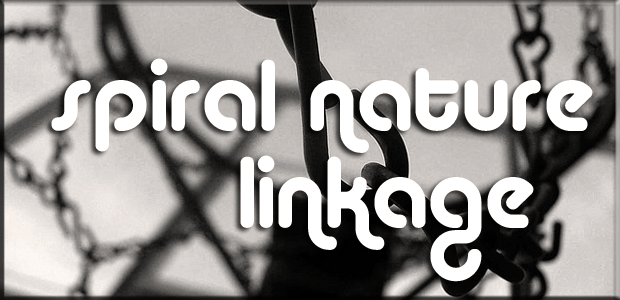 In Treasure House of Pearls John Crow recently posted about the Theosophical journals he’s been going through in his research on Alan Bennett (interesting stuff, you should check it out). He commented on the “institutional memory” these journals leave behind – an enduring physical record of events that occurred: lectures given, essays shared between countries and their responses.
In Treasure House of Pearls John Crow recently posted about the Theosophical journals he’s been going through in his research on Alan Bennett (interesting stuff, you should check it out). He commented on the “institutional memory” these journals leave behind – an enduring physical record of events that occurred: lectures given, essays shared between countries and their responses.
While his post referred specifically to the Theosophical Society in comparison to the OTO, this echoed my experience with the of the occult ‘zines I’ve been rereading for a project I’m working on.
Many are probably familiar with Kaos and Chaos International, but what about Sut Anubis, Aquarian Arrow, Primal Chaos, The Philosopher’s Stone? With something as disparate as the chaote community, is anyone keeping track? As counter-intuitive as it may seem for an approach aligning itself with chaos, it’s important.
I wasn’t a part of the community that founded chaos magick, and despite ten years of collecting, what I’ve managed to gather seems remarkably sparse. I’ve only got bits and pieces, odd journals – in some cases only a single issue.
A few have been republished as books, Nox, for example, was first released in book form in 1998 by Logos Press, and rereleased by New Falcon in conjunction with Liber Koth as The Infernal Texts, but most appear to have slid into oblivion.
In a later post in his blog, John notes that the Theosophical journals often refer to each other. This incestuousness fostered an exchange that crossed boundaries of geography and culture and challenged their writers and readers to dig deeper into the issues they explored. We see this with many of the chaote and Pagan journals; Sut Anubis announced other magazines recently published, and the letters column of Kaos was one of its most charming features. This kind of literary culture doesn’t seem to exist in the same way today.
In the same post a reader commented that they think “print is (mostly) dead, and the old journals, however worthy, [died] along with them.” This is the kind of sentiment that was popular in the mid to late 90s, libraries were worried that readers would soon have no use for books, and history has proven this, like Y2k paranoia, to be grossly overstated and incredibly misguided.
That said, let’s look at what we have. Some will and have argued that Internet forums fill this gap, but, let’s face it, websites are ephemeral. After a flirtation in the early 90s, I first came online in 1996. The Usenet archives held by Google are incomplete, several people say they have archives of the early zee-list and other mailing lists, but these aren’t easily accessible for those who want to obtain them – most wouldn’t even know where to look. Forums frequently appear for a few years then vanish, their content along with them.
Even were such archives available,1 unmoderated forums are notorious for their lack of quality control – as they should be, the Internet cannot and further should not replace literary journals or DIY ‘zines. They serve an entirely different cultural function – important, but hardly comparable.
The Canadian indie review magazine Broken Pencil is a testament to the enduring tenacity of ‘zine culture as a whole. Where is today’s occult ‘zine culture?
The old ‘zines may be difficult to find, but they’re still out there. For individual collectors the cost can seem prohibitively expensive, especially when the ‘zine you’re looking for sells for 30-50$ when it originally retailed for a only a couple of quid.
I’ll continue collecting the old ‘zines, despite their ever-rising costs (and if you’ve got any hanging around you’d be interested in selling, e-mail me, please!), and I’ll continue checking out new journals as they appear, but they seem to be far and few between.
First published on Plutonica.net 18 May 2008.
Image credit: Sarah Steirch
- The bulk of the Internet Archive only dates back to 1999, and only the most popular websites are indexed. Private sites and mailing lists archives are not kept. [↩]








